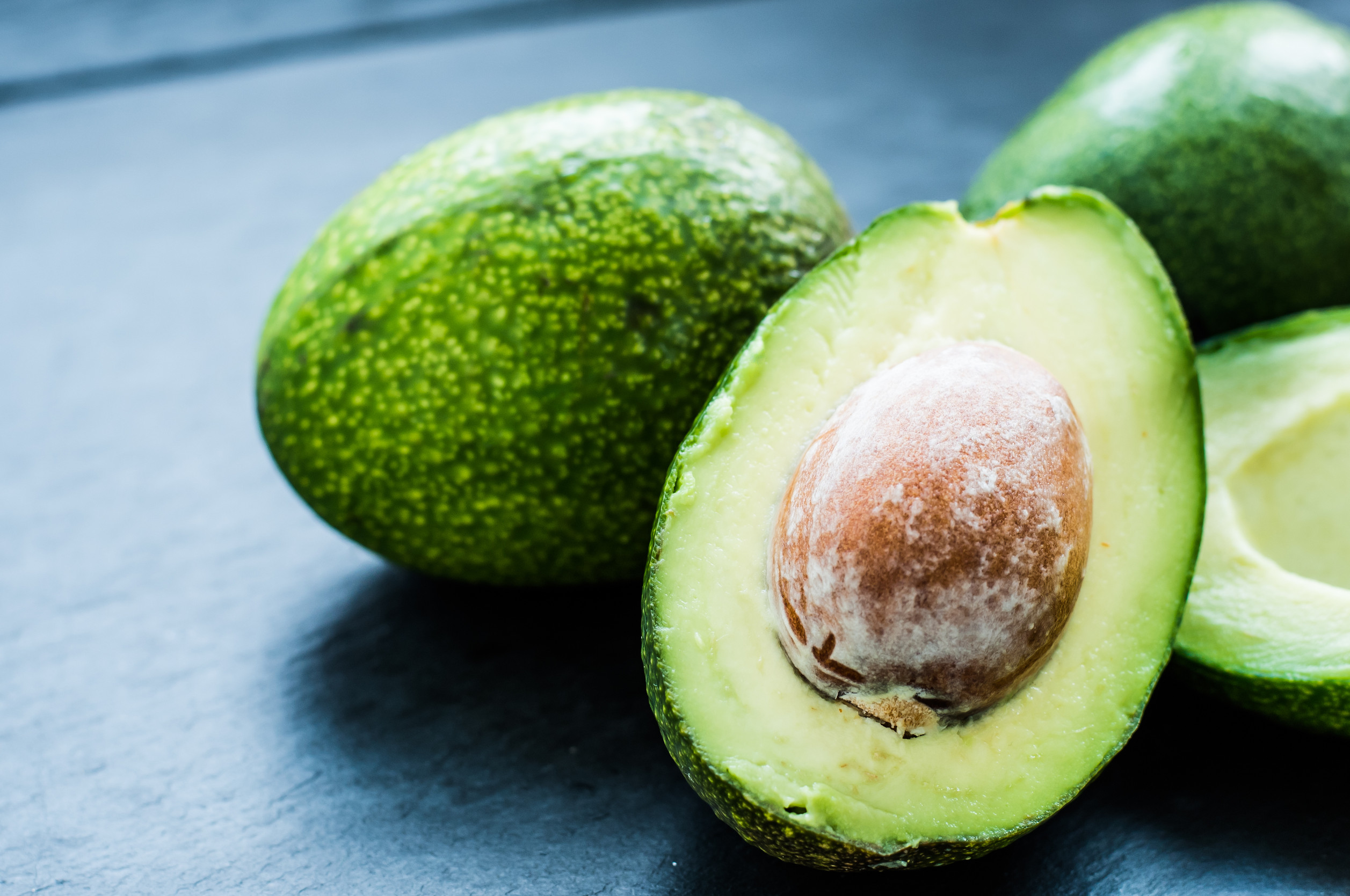
Food prices have skyrocketed in recent years, making it harder to enjoy certain staples without breaking the bank. Supply chain disruptions, inflation, and climate issues have all contributed to rising costs. Many everyday groceries that were once affordable have now become occasional indulgences. If you’ve found yourself cutting back on certain items, you’re not alone. Here are ten foods that have become too expensive to eat regularly.
1. Eggs
Eggs were once a budget-friendly protein source, but prices have surged due to supply shortages and avian flu outbreaks. Many households now hesitate to buy eggs as frequently as before. Organic and free-range eggs are even pricier, making them a luxury rather than a staple. Some people have turned to plant-based egg substitutes to cut costs. Unless prices stabilize, eggs may remain a costly breakfast option.
2. Beef
The cost of beef has soared due to increased feed prices, labor costs, and supply chain disruptions. Steak dinners, once an occasional treat, are now even harder to justify. Ground beef, a household staple, is no longer as affordable as it used to be. Many consumers are switching to chicken or plant-based proteins to stretch their grocery budget. Until beef prices drop, steak nights may be few and far between.
3. Butter
Butter has seen sharp price increases due to supply chain constraints and high dairy production costs. Baking enthusiasts have especially felt the pinch, as butter is essential for many recipes. Some people are opting for margarine or plant-based alternatives to save money. Restaurants and bakeries have also had to adjust their pricing due to the higher cost of butter. If you love buttery toast, you may need to savor it less frequently.
4. Coffee

Your morning cup of coffee is getting more expensive, whether you brew it at home or buy it from a café. Coffee bean shortages, climate issues, and rising labor costs have all contributed to price hikes. Specialty coffee brands and organic options are now considered luxury purchases. Many people are cutting back on premium blends or switching to more affordable brands. If prices keep rising, coffee lovers may need to rethink their daily caffeine fix.
5. Cheese
Cheese has become another costly dairy product, making charcuterie boards and homemade pizzas pricier than ever. The cost of milk, transportation, and labor has contributed to the increase. Imported cheeses, like parmesan and gouda, are particularly expensive due to tariffs and shipping fees. Even basic cheeses, like cheddar and mozzarella, are no longer as affordable. Many shoppers are buying less cheese or opting for store-brand alternatives.
6. Fresh Seafood
Seafood prices have jumped due to overfishing concerns, fuel costs, and supply chain disruptions. Wild-caught salmon, shrimp, and crab are some of the most affected items. Many restaurants have had to raise menu prices or reduce seafood portions to compensate. Home cooks are turning to frozen or canned seafood as a more budget-friendly alternative. Unless prices drop, fresh seafood may remain a luxury rather than a weekly staple.
7. Olive Oil
Olive oil has become significantly more expensive due to droughts and poor harvests in key producing regions like Spain and Italy. The global shortage has driven prices up, making high-quality olive oil less accessible. Many people are now using vegetable or canola oil as substitutes for cooking. Extra virgin olive oil, once a common pantry item, is now reserved for special dishes. If you rely on olive oil for your meals, you may need to use it more sparingly.
8. Avocados

Avocados have become a pricey item due to climate issues, transportation costs, and supply shortages. The popularity of avocado toast and guacamole has only driven demand higher. Many shoppers are finding it difficult to justify the cost, especially when prices fluctuate weekly. Some have started growing their own avocados or buying frozen alternatives. While they’re still delicious, avocados may not be a weekly grocery list staple anymore.
9. Orange Juice
Orange juice prices have surged due to citrus crop diseases and extreme weather conditions. Florida, a major orange producer, has struggled with poor harvests, impacting global supply. Bottled orange juice and freshly squeezed varieties are both more expensive than before. Many households are cutting back on orange juice or switching to less expensive juice options. If trends continue, fresh-squeezed orange juice may become a rare treat.
10. Nuts and Almond Butter
Nuts and almond butter have become costly due to droughts affecting almond and peanut crops. These nutrient-dense snacks are packed with protein, but their price makes them harder to buy regularly. Some shoppers are switching to sunflower seed butter or buying nuts in bulk to save money. Peanut butter, once a budget-friendly staple, is now noticeably more expensive. If prices don’t drop, nuts may remain an occasional snack rather than a daily go-to.
Can Food Prices Go Back to Normal?
Rising food costs have forced many people to rethink their grocery lists and spending habits. While prices may fluctuate, some of these foods are unlikely to return to their previous affordability anytime soon. Finding cheaper alternatives, shopping in bulk, and making smart substitutions can help manage grocery expenses. It’s always a good idea to keep an eye on seasonal pricing and sales to get the best deals.
What foods have you cut back on due to rising costs? Share this article with friends and let’s discuss!
Read More:
The 8 Luxuries Frugal People Won’t Touch—And Why You Shouldn’t Either
10 Cities So Expensive, Even Six-Figure Earners Are Struggling

Latrice is a dedicated professional with a rich background in social work, complemented by an Associate Degree in the field. Her journey has been uniquely shaped by the rewarding experience of being a stay-at-home mom to her two children, aged 13 and 5. This role has not only been a testament to her commitment to family but has also provided her with invaluable life lessons and insights.
As a mother, Latrice has embraced the opportunity to educate her children on essential life skills, with a special focus on financial literacy, the nuances of life, and the importance of inner peace.
